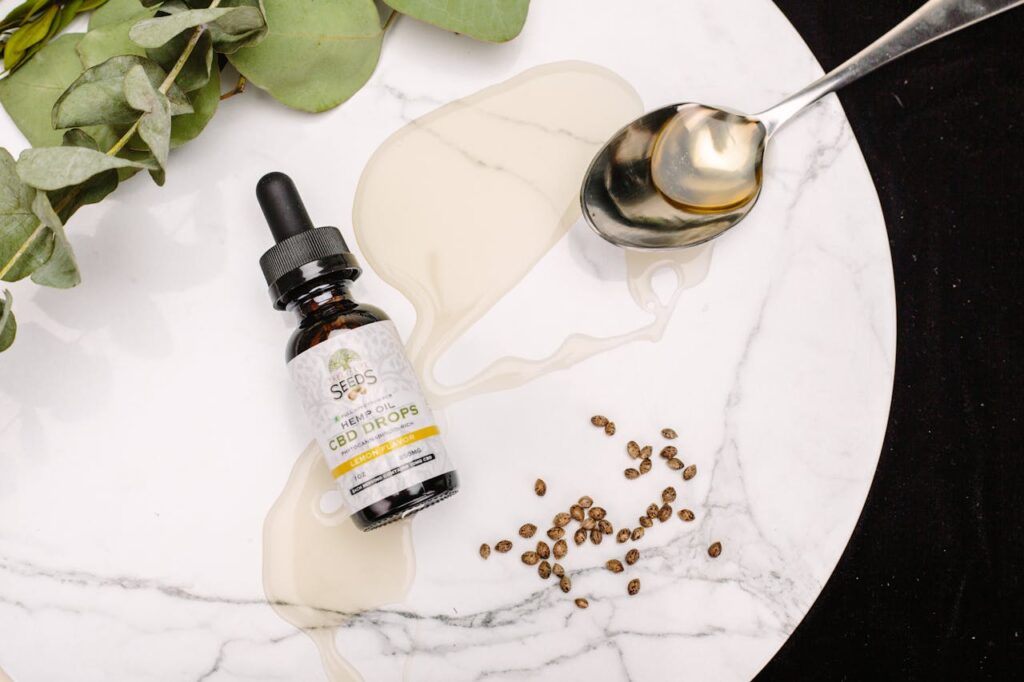
As plant-based wellness products continue to gain popularity, consumers are becoming more discerning about what they put into their bodies. From herbal supplements to cannabinoid-infused edibles, the demand for transparency, quality, and consistency is higher than ever. But with a rapidly evolving market and a wide range of product types, navigating potency and purity can be challenging. Understanding how to evaluate these factors is essential for making informed choices and ensuring both safety and effectiveness.
The Importance of Potency in Plant-Based Products
Potency refers to the strength or concentration of active ingredients in a product. In the context of plant-based wellness, this could mean the amount of CBD, THC, or other botanical compounds per serving. Potency directly influences how a product affects the body, making it a critical factor in determining dosage and expected results.
For consumers, understanding potency starts with reading product labels and lab reports. Reputable brands will provide third-party lab testing that verifies the concentration of active ingredients. This transparency not only helps users find the right dosage but also ensures they’re getting what they paid for.
It’s also important to consider how potency aligns with your personal goals. A product designed for relaxation may require a different strength than one intended for focus or pain relief. Starting with a lower potency and gradually increasing as needed is often the safest approach, especially for those new to plant-based compounds.
Purity: What’s In—and What’s Not
Purity goes hand-in-hand with potency but focuses on the cleanliness and integrity of the product. This includes the absence of contaminants such as pesticides, heavy metals, mold, and residual solvents. In an unregulated or loosely regulated market, these impurities can pose serious health risks.
To ensure purity, look for products that are tested by independent laboratories and come with a Certificate of Analysis (COA). These reports should confirm not only the potency but also the absence of harmful substances. Brands that prioritize purity will often highlight their sourcing practices, such as using organically grown plants or clean extraction methods.
Consumers should also be wary of products with vague ingredient lists or those that make exaggerated claims without scientific backing. Transparency is a hallmark of a trustworthy brand, and companies that are confident in their quality will make their testing data easily accessible.
Shopping Smart: What to Know Before You Buy
With the convenience of online shopping, it’s easier than ever to access a wide range of plant-based products. However, this also means consumers must be extra vigilant. When purchasing Delta 8 THC online, for example, it’s crucial to verify the legitimacy of the retailer and the quality of the product.
Start by researching the company’s reputation. Look for customer reviews, third-party lab results, and clear information about sourcing and manufacturing. Avoid sites that lack transparency or offer prices that seem too good to be true—these can be red flags for low-quality or counterfeit products.
It’s also helpful to understand the legal status of certain compounds in your state or region. While Delta 8 THC is federally legal under the 2018 Farm Bill, some states have imposed restrictions or outright bans. Staying informed about local regulations can help you avoid legal complications and ensure a smooth purchasing experience.
The Role of Extraction and Formulation
How a plant-based product is made can significantly impact both its potency and purity. Extraction methods such as CO₂ or ethanol extraction are commonly used to isolate active compounds from plant material. Each method has its pros and cons, but the key is whether the process preserves beneficial compounds while eliminating unwanted substances.
Formulation also plays a role in how the body absorbs and utilizes these compounds. For instance, nano-emulsion technology can enhance bioavailability, allowing the body to absorb more of the active ingredient. Other formulations may include complementary botanicals or carrier oils that support absorption and effectiveness.
Consumers should look for brands that are transparent about their extraction and formulation processes. This information, often found on product pages or company websites, can provide valuable insight into the quality and reliability of the product.
Building a Safe and Effective Routine
Once you’ve identified high-quality products, the next step is integrating them into your wellness routine. Consistency is key—plant-based compounds often work best when taken regularly over time. Start with a low dose, monitor how your body responds, and adjust as needed.
Keep in mind that individual responses can vary based on factors like metabolism, body weight, and overall health. Consulting with a healthcare provider, especially if you’re taking other medications or have underlying conditions, is always a wise step.
Tracking your experience in a journal can also help you fine-tune your routine. Note the product, dosage, time of day, and any effects you notice. Over time, this can help you identify what works best for your unique needs.
Conclusion
As the plant-based wellness market continues to expand, understanding potency and purity is more important than ever. By educating yourself on how to evaluate products, verifying lab results, and choosing reputable sources, you can confidently navigate your options and build a routine that supports your health and well-being. In a space where quality varies widely, informed choices are your best defense—and your best investment.
